
United States of America v. Microsoft Corporation, 253 F.3d 34, was a landmark American antitrust law case at the United States Court of Appeals for the District of Columbia Circuit. The U.S. government accused Microsoft of illegally maintaining its monopoly position in the personal computer (PC) market, primarily through the legal and technical restrictions it put on the abilities of PC manufacturers (OEMs) and users to uninstall Internet Explorer and use other programs such as Netscape and Java.
The Kingsbury Commitment is a 1913 out-of-court settlement of the United States government's antitrust challenge against the American Telephone and Telegraph Company (AT&T) for the company's then-growing vertical monopoly in the telecommunication industry. In return for the government's agreement not to pursue legal action against the company as a monopolist, AT&T agreed to divest the controlling interest it had acquired in the Western Union Telegraph Company, and to allow non-competing independent telephone companies to interconnect with the AT&T long-distance network.
In United States telecommunication law, the Modification of Final Judgment (MFJ) is the August 1982 consent decree concerning the American Telephone and Telegraph Company (AT&T) and its subsidiaries, in the antitrust lawsuit United States v. AT&T of 1974. The terms required the Bell System divestiture – removing local telephone service from AT&T control and putting business restrictions on the divested local telephone companies – in exchange for removing other longstanding restrictions on what businesses AT&T could control.

ITT Inc., formerly ITT Corporation, is an American worldwide manufacturing company based in Stamford, Connecticut. The company produces specialty components for the aerospace, transportation, energy and industrial markets. ITT's three businesses include Industrial Process, Motion Technologies, and Connect and Control Technologies.

In the United States, antitrust law is a collection of mostly federal laws that regulate the conduct and organization of businesses to promote competition and prevent unjustified monopolies. The three main U.S. antitrust statutes are the Sherman Act of 1890, the Clayton Act of 1914, and the Federal Trade Commission Act of 1914. These acts serve three major functions. First, Section 1 of the Sherman Act prohibits price fixing and the operation of cartels, and prohibits other collusive practices that unreasonably restrain trade. Second, Section 7 of the Clayton Act restricts the mergers and acquisitions of organizations that may substantially lessen competition or tend to create a monopoly. Third, Section 2 of the Sherman Act prohibits monopolization.

A Regional Bell Operating Company (RBOC) was a corporate entity created as result of the antitrust lawsuit by the U.S. Department of Justice against the American Telephone and Telegraph Company (AT&T) in 1974 and settled in the Modification of Final Judgment on January 8, 1982.

The breakup of the Bell System was mandated on January 8, 1982, by a consent decree providing that AT&T Corporation would, as had been initially proposed by AT&T, relinquish control of the Bell Operating Companies, which had provided local telephone service in the United States. This effectively took the monopoly that was the Bell System and split it into entirely separate companies that would continue to provide telephone service. AT&T would continue to be a provider of long-distance service, while the now-independent Regional Bell Operating Companies (RBOCs), nicknamed the "Baby Bells", would provide local service, and would no longer be directly supplied with equipment from AT&T subsidiary Western Electric.

Nevada Bell Telephone Company, originally Bell Telephone Company of Nevada, is a Nevada telephone provider and it was the Bell System's telephone provider in Nevada. It only provides telephone services to 30% of the state, essentially all of the state outside Las Vegas, where service is provided by CenturyLink. Nevada Bell spent nearly all of its history as a subsidiary of Pacific Bell, which is the reason Nevada Bell was not listed in Judge Harold Greene's Modification of Final Judgment, starting the breakup of AT&T.
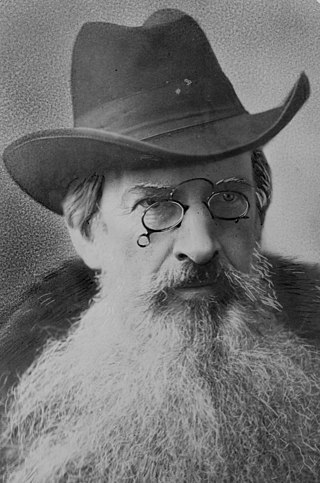
Gardiner Greene Hubbard was an American lawyer, financier, and community leader. He was a founder and first president of the National Geographic Society; a founder and the first president of the Bell Telephone Company which later evolved into AT&T, at times the world's largest telephone company; a founder of the journal Science; and an advocate of oral speech education for the deaf.

The Bell Telephone Company was the initial corporate entity from which the Bell System originated to build a continental conglomerate and monopoly in telecommunication services in the United States and Canada.
AT&T Information Systems (ATTIS), originally known as American Bell, was the fully separate subsidiary of American Telephone & Telegraph Company (AT&T) which focused on computer technology ventures and telephone sales, and other unregulated business. It was one of the three core units of AT&T formed after the breakup of the Bell System. As a twenty-five percent owner, AT&T Information Systems utilized production of Olivetti to manufacture their AT&T PC 6300 series of computers. Along with the 3B series computers and the AT&T UNIX PC the PC 6300 series of computers represented a multi-faceted strategy of competing with IBM, who was the leading computer manufacturer of the time.
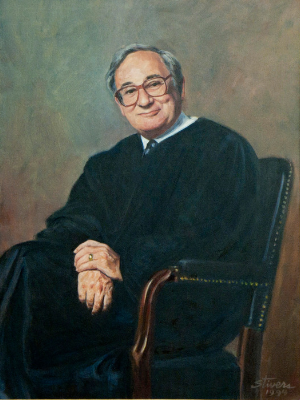
Harold Herman Greene was a United States district judge of the United States District Court for the District of Columbia.
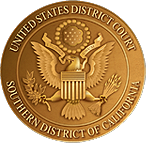
Alcatel-Lucent v. Microsoft Corp., also known as Lucent Technologies Inc. v. Gateway Inc., was a long-running patent infringement case between Alcatel-Lucent and Microsoft litigated in the United States District Court for the Southern District of California and appealed multiple times to the United States Court of Appeals for the Federal Circuit. Alcatel-Lucent was awarded $1.53 billion in a final verdict in August 2007 in the U.S. District Court for the Southern District of California in San Diego. The damages award was reversed on appeal in September 2009, and the case was returned for a separate trial on the amount of damages.
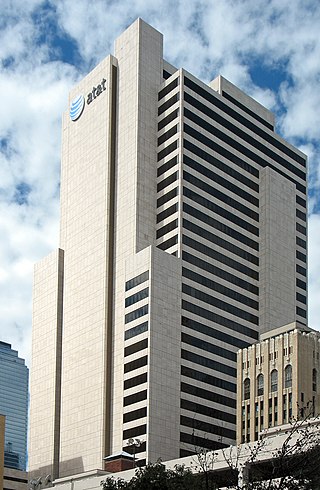
AT&T Inc. is an American multinational telecommunications holding company headquartered at Whitacre Tower in Downtown Dallas, Texas. It is the world's fourth-largest telecommunications company by revenue and the largest wireless carrier in the United States. As of 2023, AT&T was ranked 13th on the Fortune 500 rankings of the largest United States corporations, with revenues of $120.7 billion.
After President Nixon took office in 1969, Clay T. Whitehead, Special Assistant to the President, pushed to establish an executive office dedicated to telecommunications policy. The White House Office of Telecommunications Policy (OTP) was established in 1970. In 1978, it was merged, along with the Commerce Department's Office of Telecommunications, into the newly created National Telecommunications and Information Administration (NTIA).

The Bell System was a system of telecommunication companies, led by the Bell Telephone Company and later by the American Telephone and Telegraph Company (AT&T), that dominated the telephone services industry in North America for over 100 years from its creation in 1877 until its antitrust breakup in 1983. The system of companies was often colloquially called Ma Bell, as it held a vertical monopoly over telecommunication products and services in most areas of the United States and Canada. At the time of the breakup of the Bell System in the early 1980s, it had assets of $150 billion and employed over one million people.
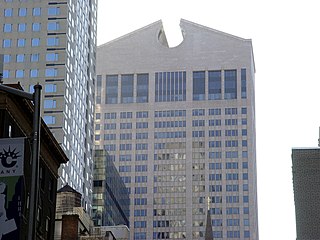
AT&T Corporation is the subsidiary of AT&T Inc. that provides voice, video, data, and Internet telecommunications and professional services to businesses, consumers, and government agencies.
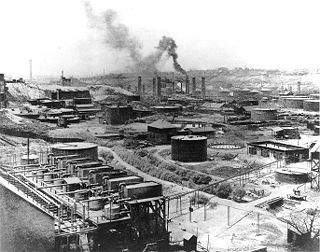
The history of United States antitrust law is generally taken to begin with the Sherman Antitrust Act 1890, although some form of policy to regulate competition in the market economy has existed throughout the common law's history. Although "trust" had a technical legal meaning, the word was commonly used to denote big business, especially a large, growing manufacturing conglomerate of the sort that suddenly emerged in great numbers in the 1880s and 1890s. The Interstate Commerce Act of 1887 began a shift towards federal rather than state regulation of big business. It was followed by the Sherman Antitrust Act of 1890, the Clayton Antitrust Act and the Federal Trade Commission Act of 1914, the Robinson-Patman Act of 1936, and the Celler-Kefauver Act of 1950.
William Maurice Ellinghaus was an American business executive who had served as the president and chief operating officer of the American multinational company AT&T. He was the president of the company during its breakup in the 1980s as a settlement to a United States Department of Justice led antitrust case United States v. AT&T. He also served in New York's Emergency Financial Control Board in the 1970s helping the city through a fiscal crisis and preventing a default.












